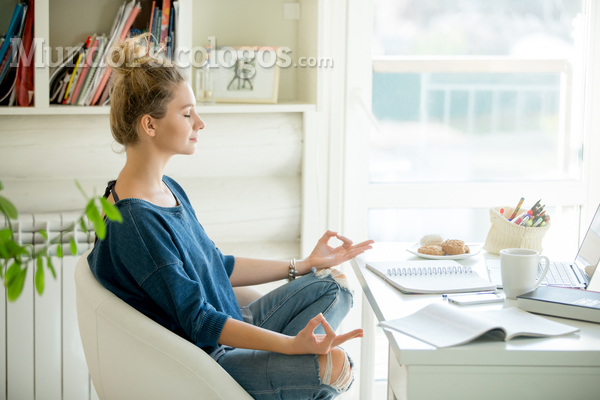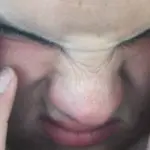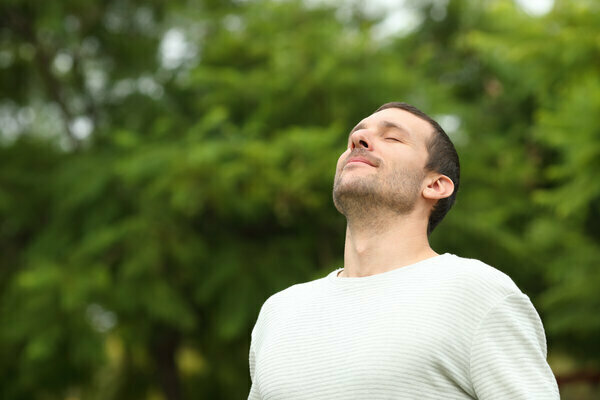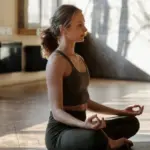With relaxation, it is possible to voluntarily reduce muscle tone, achieving both mental and muscular relaxation, facilitating knowledge of our body.

It makes it easier for us to carry out tasks by reducing tension, and collaborating effectively in maintaining personal balance and mental availability, it does not consist of suppressing muscle tone, which is necessary for all action, but rather the excessive exhausting muscular tension that constitutes the background of the emotional state and that affects our behavior (Ajuriaguerra, 1991).
The objectives of relaxation are:
−Maintain tonic and emotional balance.
−Eliminate useless muscle tensions that can cause fatigue, deformities or clumsiness.
−Reduce involuntary movements that drain energy.
−Achieve mental relaxation and increase the capacity for attention and concentration.
−Dispose of the muscles at will, first segmentally and finally globally.
−Teach to free oneself from useless muscle tensions that cause fatigue.
−Achieve psychological relaxation in the face of anxiety and other unpleasant emotional states.
− And Associate the search for relaxation with awareness of breathing and its control.

To carry out relaxation we will use breathing, which takes place in two fundamental moments, in Inspiration, a time during which the air penetrates through the nasal passages in a regular and rhythmic manner, passing to the lungs, producing an increase in pressure and of the volume of the thoracic cage and where the sternum, ribs, diaphragm and multiple muscles (abdominals, intercostals, scalene, small serratus superior and supracostals) are involved and Expiration, moment in which the air emerges from the lungs and is expelled through oral or nasal.
Both acts, inhalation and inhalation, are closely related to the perception of one’s own body, especially at the level of the thorax and abdomen, and to the internalized attention that exercises control over muscular determinations and the partial relaxation of one or several body elements.
Relaxation can last between 10 and 15 minutes, you should not be in a hurry and this technique can be repeated several times a day.








